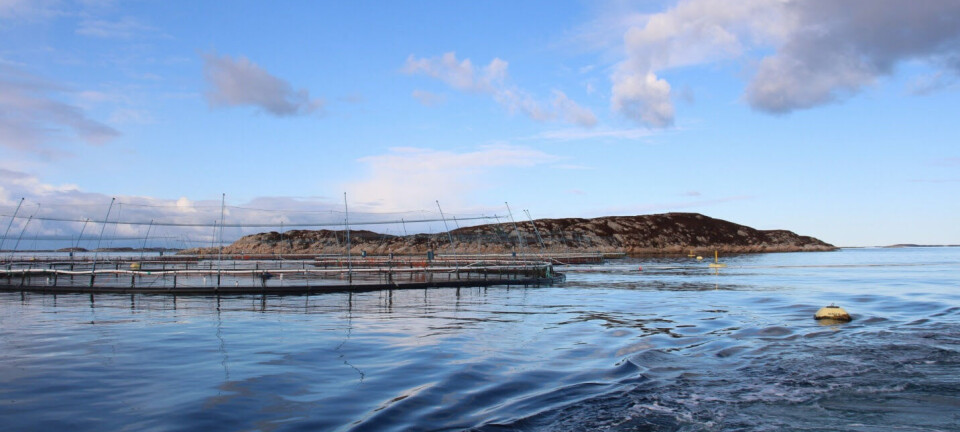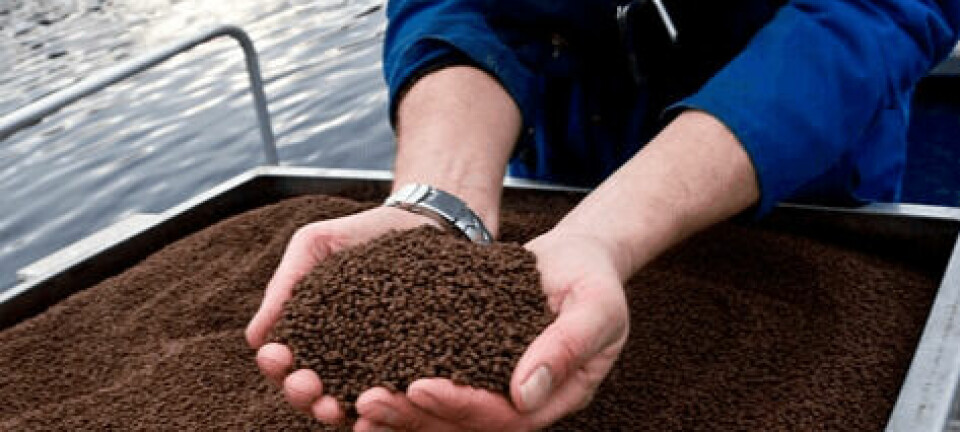Pros and cons of Chile’s “strong” economy
Over the past two years Chile’s economy has reached record proportions, due greatly in part to the steady rise in price of the country’s primary resource – copper. Over one third of the world’s copper production comes out of the country’s northern desert mines that are largely state owned; and the U.S., China, Japan and Europe can’t get enough of it. As the copper price goes up Chile gladly sells, receiving a steady flood of dollars in return, which is great for government funding, but somewhat disastrous for the rest of the country’s export sector. The influx of dollars into the national economy, on top of the current global frailty of the dollar’s value, creates an over supply of an undervalued currency – the universal currency that all traders use. Apart from the multi-merge companies who can withstand economic plunges over the long term, most producers and exporters in the fruit, wine, cellulose and salmon industries see gloom on the horizon with the devalued dollar. The government is dealing with this fact by juggling interest rates and investment incentives to keep the dollar within good standing. As seen around the globe, last Friday the US currency reached a record low, and in Chile this equalled 510 pesos to the dollar.























































